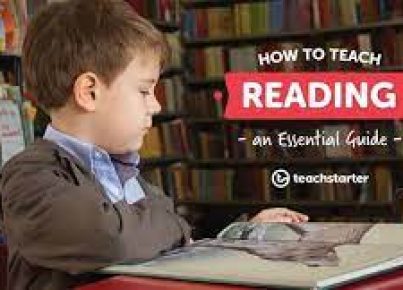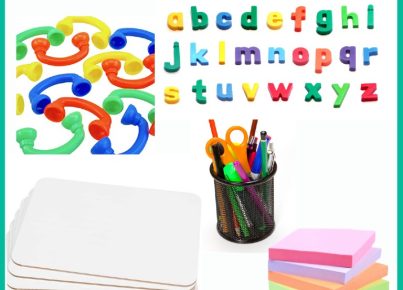As educators, one of our primary goals is to help students become critical thinkers and effective communicators. To achieve this, it’s important that we teach them not only how to read texts but also how to discern the author’s purpose behind their writing. While the PIE (Persuade, Inform, Entertain) model is a useful starting point for identifying an author’s purpose, we must go beyond this simple categorization to truly empower our students. In this article, we will discuss five innovative ways to teach students how to find the author’s purpose.
1. Question the Author’s Intention
Encourage your students to ask critical questions about the text they are reading. For example, why did the author choose a particular word or phrase? What do these choices reveal about their intended message? Teaching your students to question an author’s intention helps them develop analytical skills and better understand how various writing elements contribute to conveying a specific purpose.
2. Analyze Text Structure
Text structure plays a crucial role in effectively communicating an author’s intent. Teach your students to recognize different text structures such as comparison/contrast, cause/effect, problem/solution, and chronological order. By developing an understanding of these structures, they can more easily identify clues that suggest the author’s overarching objective.
3. Explore Different Genres
Expose your students to various genres—fiction, non-fiction, poetry, essays, and more—to help them learn how authors use different writing styles and literary techniques for diverse purposes. Analyzing various genres allows students to become familiar with different types of writing and compare the similarities and differences in tone and style between them.
4. Delve into Author Biographies
By understanding an author’s background and experiences, students can better contextualize the purpose of a piece of writing. Encourage your class to research an author before studying their work. This background knowledge can help reveal connections between an author’s life and their motivations for writing, providing additional insight into their purpose.
5. Connect with Current Events and Social Issues
Discussing relevant current events and social issues with your students can offer further context for understanding an author’s purpose. By exploring broader societal themes, students can more easily relate to the text they are reading and understand the reasons behind an author’s perspective.
In conclusion, going beyond the PIE model and engaging in deeper analysis will better enable your students to identify the author’s purpose. By teaching them to question intentions, analyze text structures, explore different genres, delve into author biographies, and connect with current events, you will equip them with the skills needed to be effective critical thinkers and communicators for a lifetime.





